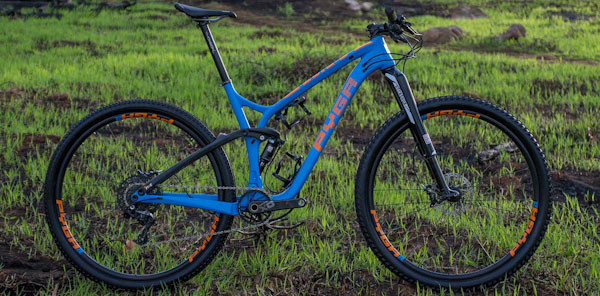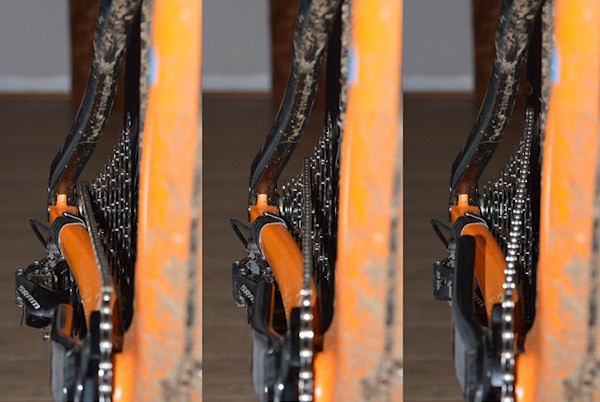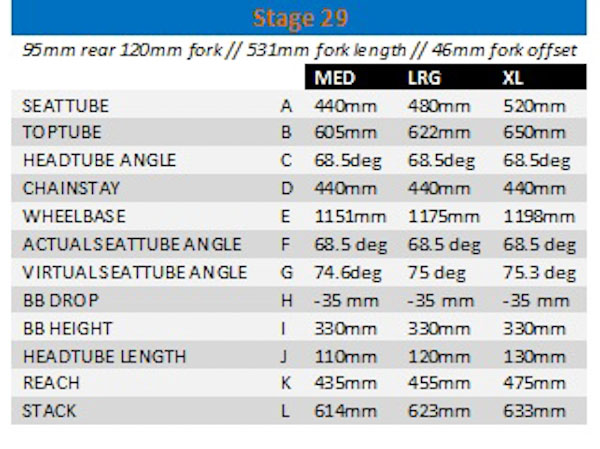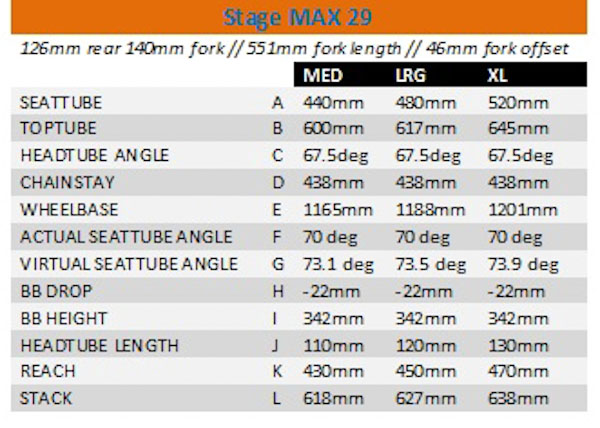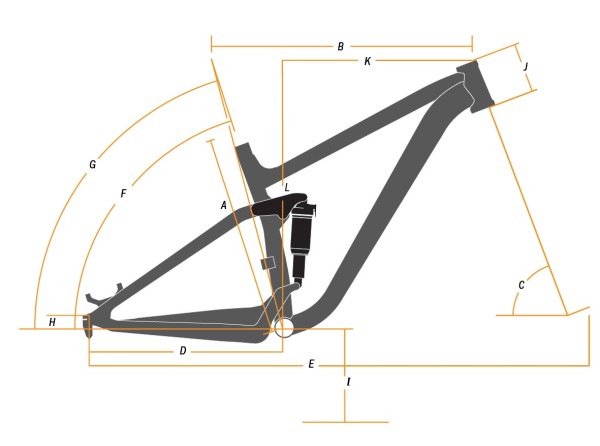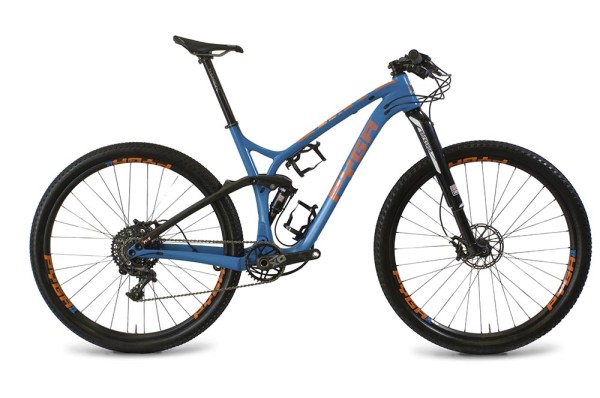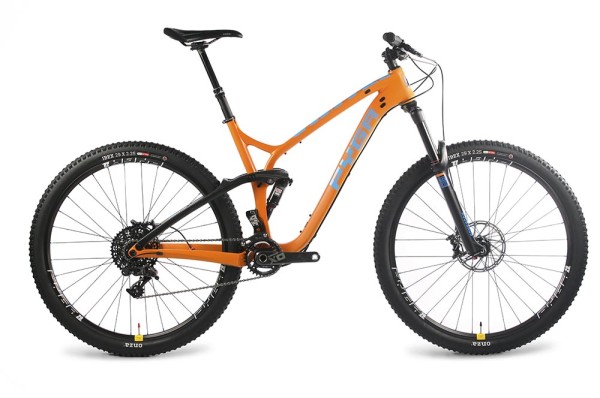In South Africa, marathon XC racing is a very popular sport. Founded by bike industry veterans Patrick Morewood of Morewood Bikes and Leatt/cSixx products’ Mark Hopkins, Pyga Industries is a small MTB brand who set out to make bikes that feel equally at home in competitive races or on weekend trail rides. To accomplish this, they utilize slacker geometry than many full-bred race machines would offer in an attempt to keep things more versatile.
Recently Pyga launched two 29” XC models intended for regular and occasional racers, called the Stage and the Stage MAX. As their first carbon framed full-suspension bikes, these two will also debut Pyga’s new variation on rear spacing called +Five that provides a straighter chainline for their 11speed drivetrains. Check out more on Pyga’s rear spacing and geometry concepts below the break…
The brand’s +Five chainline concept is what they call a correction to driveline issue that has been a problem since the advent of 10 and 11 speed drivetrains. By dishing the rear wheel to a unique specification, the rear cassette is shifted towards to the drive side by 5mm. This system changes the effective chain line from 49 to 44mm without requiring any proprietary parts, and maintains the same front ring position in relation to the centerline of the frame.
Pyga claims this arrangement will result in better shifting performance and reduced wear and tear on drivetrain components. They say the chainline on their bikes running in the 11th (largest) cog is roughly equal to a typical bike in its 9th cog. The dishing also results in more balanced tension and spoke angles on both sides, producing a stiffer rear wheel.
Pyga’s frame geometry follows the direction many enduro and downhill manufacturers have been moving towards. They feature slackened head tube angles and a longer front triangle which aims to provide more stability at high speeds or while cornering and better control through technical sections.
The Stage is a race oriented machine that features the brand’s signature slackened geometry. The stage comes in two build specs with either a 120mm Rock Shox RS1 or SID fork, and it’s rear travel is 95mm. Color choices are matte blue with orange decals or gloss white with charcoal decals.
The Stage MAX is the longer travel version for recreational trail riders who still want to be competitive in a race here and there. The MAX also comes in two builds with a 140mm Pike RCT3 or Pike RC, and it’s rear travel is increased to 126mm. The Stage MAX comes in either matte orange with blue decals or matte charcoal with white decals.
Both models feature carbon frames with dual water bottle mounts, a removable High-Direct front derailleur mount, clevis-style linkage pivot points, internal cable routing, tapered head tubes and a migrating active brake system. Both also come with 70mm stems, which I suppose is considered short for marathon XC racers, but would be considered long in areas with steeper, rougher ‘enduro-style’ terrain.
Pyga Industries has distributors in 12 countries, but none yet in North America, so US prices are not available at this time. However, international availability is expected for January of 2016. Check out Pyga’s website for more info and full build specs.
